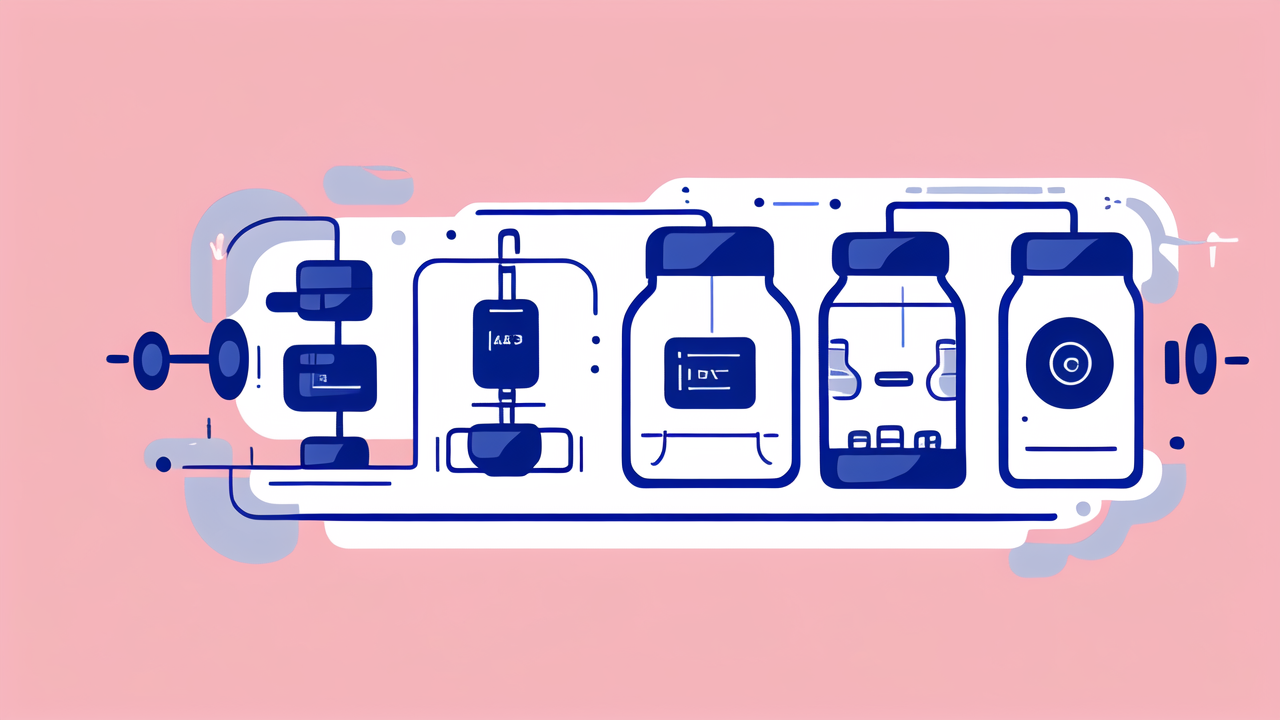
Breast Pump Essentials: Everything You Need to Know Before Buying
Understanding the Basics of Breast Pumps
What is a Breast Pump?
A breast pump is a device used by nursing mothers to extract milk from their breasts. It's a handy tool for moms who need to maintain milk supply or feed their baby when direct nursing isn't possible. Breast pumps come in various types and sizes, designed to suit different needs and lifestyles. They work by creating suction on the nipple and areola, mimicking a baby's natural suckling motion. This stimulates milk production and allows for collection and storage of breast milk for later use.

Key Types of Breast Pumps Available
There are several types of breast pumps on the market:
- Manual Pumps: These are operated by hand and are best for occasional use.
- Electric Pumps: These run on batteries or can be plugged in, offering more power and efficiency.
- Hospital-Grade Pumps: These are the most powerful and are often rented for short-term use.
- Wearable Pumps: These fit inside your bra, allowing for hands-free pumping.
Each type has its pros and cons, so it's important to choose one that fits your specific needs.
The Benefits of Using a Breast Pump
Using a breast pump offers several advantages for nursing mothers:
- Flexibility: It allows others to feed the baby, giving mom a break.
- Increased milk supply: Regular pumping can boost milk production.
- Convenience: Moms can pump and store milk for later use.
- Return to work: It enables moms to continue providing breast milk after returning to work.
- Relief: It can help relieve engorgement and prevent mastitis.
Breast pumps are valuable tools that provide convenience and support for breastfeeding moms.
Essential Features of Breast Pumps for Nursing Mothers
Ease of Use and Portability
When choosing a breast pump, ease of use and portability are crucial factors to consider. Look for pumps that are lightweight and compact, making them easy to carry around. A good pump should be simple to assemble, clean, and operate. Some features to look for include:

- One-handed operation
- Quiet motor for discreet pumping
- Rechargeable battery for cordless use
- Adjustable suction levels for comfort
- Clear instructions and intuitive controls
Remember, a pump that's easy to use will make your pumping sessions more efficient and less stressful.
Importance of Sterility and Hygiene
Maintaining proper hygiene is vital when using a breast pump. Look for pumps with parts that are easy to clean and sterilize. Some pumps come with microwave sterilization bags for convenience. Key points to remember:
- Wash hands thoroughly before handling pump parts
- Clean all parts that come into contact with breast milk after each use
- Sterilize parts regularly according to manufacturer's instructions
- Store clean parts in a clean, dry place
- Replace parts as recommended by the manufacturer
Proper cleaning and sterilization help prevent contamination and keep your baby safe.
Must-Have Accessories for Your Breast Pump
To make your pumping experience more comfortable and efficient, consider these accessories:
- Extra bottles and storage bags for milk storage
- Breast shields in different sizes for optimal fit
- Hands-free pumping bra for multitasking
- Cooler bag with ice packs for milk storage on-the-go
- Bottle brush and drying rack for easy cleaning
- Nipple cream for comfort
- Breast pads to prevent leaks
These accessories can greatly enhance your pumping experience and make it more convenient.
Making the Right Choice: How to Select Your Breast Pump
Factors to Consider When Purchasing a Breast Pump
Choosing the right breast pump involves considering several factors:

- Frequency of use: How often will you be pumping?
- Portability needs: Will you need to pump on-the-go?
- Power source: Do you prefer electric or manual?
- Noise level: Is a quiet pump important to you?
- Single or double pumping: Do you want to pump both breasts at once?
- Budget: How much are you willing to spend?
- Insurance coverage: Does your insurance cover breast pumps?
- Comfort features: Look for adjustable suction and soft breast shields.
Consider your lifestyle and needs carefully to choose a pump that works best for you.
Comparing Prices and Reviews
When shopping for a breast pump, it's important to compare prices and read reviews. Here are some tips:
- Check multiple retailers for the best price
- Look for sales or bundle deals
- Read reviews from other moms on parenting forums and retail sites
- Pay attention to comments about durability and customer service
- Consider the cost of replacement parts and accessories
- Look for warranties and return policies
Remember, the cheapest option isn't always the best. Consider value for money and long-term use.
Tips on Maintaining and Caring for Your Breast Pump
Proper care of your breast pump ensures its longevity and efficiency. Here are some tips:
- Read the manufacturer's instructions carefully
- Clean pump parts after each use
- Dry all parts thoroughly before storing
- Store the pump in a clean, dry place
- Replace valves and membranes regularly
- Check tubing for mold or moisture
- Have the pump serviced if you notice a decrease in suction
With proper care, your breast pump can serve you well throughout your breastfeeding journey.
In conclusion, choosing the right breast pump is an important decision for nursing mothers. By understanding the types available, considering essential features, and factoring in your personal needs, you can select a pump that makes your breastfeeding experience more comfortable and convenient. Remember to prioritize hygiene, invest in useful accessories, and maintain your pump properly for optimal performance.
